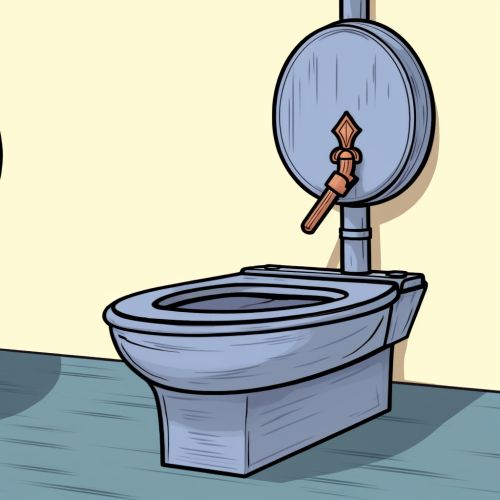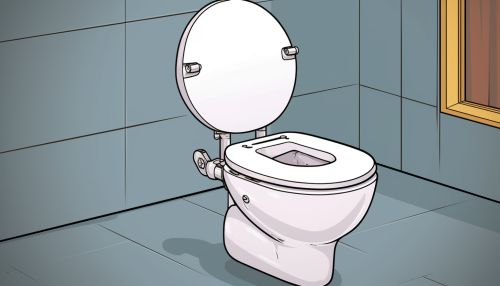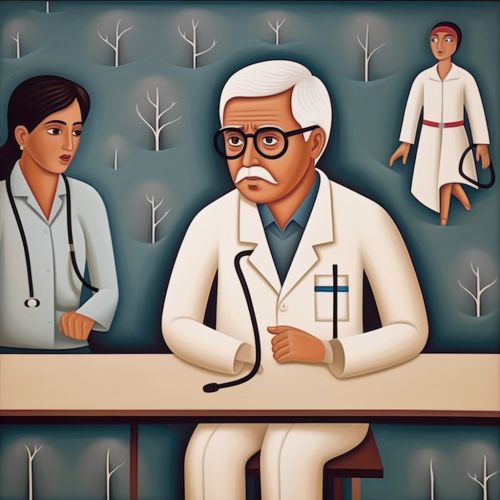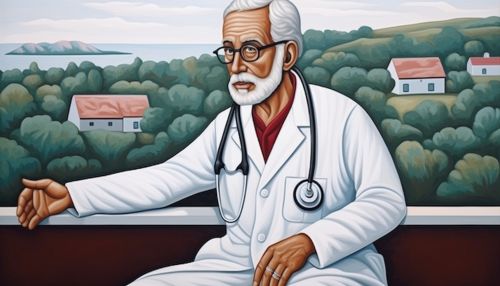Urination
Physiology of Urination
Urination, also known as micturition, is a complex process that involves the coordinated activity of the central nervous system, the peripheral nervous system, the urinary bladder, and the urethra. The process begins with the accumulation of urine in the bladder, which gradually stretches the bladder walls and triggers the micturition reflex.
The micturition reflex is an involuntary response that is initiated when the volume of urine in the bladder reaches a certain level, typically around 300 to 400 milliliters. This reflex involves the activation of stretch receptors in the bladder wall, which send signals to the sacral spinal cord via the pelvic nerves. The sacral spinal cord then sends signals to the pontine micturition center in the brain, which coordinates the process of urination.
Control of Urination
The control of urination involves both voluntary and involuntary mechanisms. The involuntary control is mediated by the autonomic nervous system, which includes the sympathetic and parasympathetic divisions. The sympathetic division helps to maintain urinary continence by stimulating the contraction of the internal urethral sphincter and the relaxation of the detrusor muscle of the bladder. On the other hand, the parasympathetic division promotes urination by stimulating the contraction of the detrusor muscle and the relaxation of the internal urethral sphincter.
The voluntary control of urination is mediated by the somatic nervous system, which innervates the external urethral sphincter. The contraction of this sphincter can prevent urination, even when the micturition reflex has been initiated. This voluntary control is usually developed during the early years of life, as part of the process of toilet training.
Disorders of Urination
There are several disorders that can affect the process of urination, including urinary incontinence, urinary retention, overactive bladder, and urinary tract infections. Urinary incontinence refers to the involuntary loss of urine, which can occur due to various factors such as weak pelvic muscles, damage to the nerves that control the bladder, or certain medical conditions like diabetes or multiple sclerosis.


Urinary retention is the inability to empty the bladder completely, which can be caused by conditions such as benign prostatic hyperplasia, bladder stones, or nerve damage. Overactive bladder is characterized by a frequent urge to urinate, often accompanied by urinary incontinence. Urinary tract infections, which are often caused by bacteria, can cause symptoms such as a burning sensation during urination, frequent urination, or the presence of blood in the urine.
Diagnosis and Treatment of Urinary Disorders
The diagnosis of urinary disorders typically involves a combination of medical history, physical examination, and diagnostic tests such as urinalysis, ultrasound, cystoscopy, urodynamic testing, and imaging studies. The treatment of these disorders depends on the underlying cause and may include lifestyle changes, medications, physical therapy, or surgery.


For example, urinary incontinence can often be managed with pelvic floor exercises, bladder training, and medications that relax the bladder or tighten the muscles that control urination. Urinary retention may be treated with medications that shrink the prostate or relax the bladder, catheterization, or surgery to remove blockages. Overactive bladder can be managed with bladder training, medications that relax the bladder, and in some cases, nerve stimulation or surgery.
